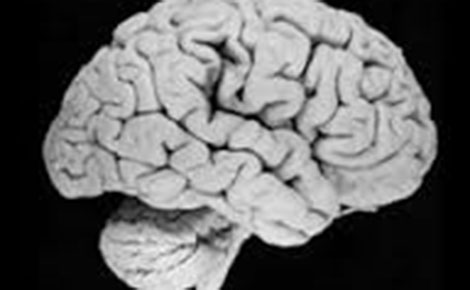
The part of the brain that tells us the direction to travel when we navigate has been identified by British scientists, a study showed on Friday.
It has long been known that some people are better at navigating than others, but until now it has been unclear why.
The latest study, led by researchers from University College London (UCL), shows that the strength and reliability of "homing signals" in the human brain vary among people and can predict navigational ability.
The research reveals that the part of the brain that signals which direction you are facing, called the entorhinal region, is also used to signal the direction in which you need to travel to reach your destination.
In other words, the researchers have found where our "sense of direction" comes from in the brain and worked out a way to measure it using magnetic resonance imaging (MRI).
In the study, 16 volunteers were asked to familiarise themselves with a simple virtual courtyard, and navigate towards certain objects placed in four corners of the virtual room. They were then asked to navigate the area, from memory alone, while their brains were being scanned by an MRI machine.
The scans revealed the entorhinal region "fired up" consistently during the tasks. The stronger the signal in the region, the better the volunteers were at finding their way around correctly.
"Our results provide evidence to support the idea that your internal 'compass' readjusts as you move through the environment," Dr Martin Chadwick, lead author of the study, said.
"For example, if you turn left then your entorhinal region should process this to shift your facing direction and goal direction accordingly," he added.
 The Standard Group Plc is a multi-media organization with investments in media platforms spanning newspaper print
operations, television, radio broadcasting, digital and online services. The Standard Group is recognized as a
leading multi-media house in Kenya with a key influence in matters of national and international interest.
The Standard Group Plc is a multi-media organization with investments in media platforms spanning newspaper print
operations, television, radio broadcasting, digital and online services. The Standard Group is recognized as a
leading multi-media house in Kenya with a key influence in matters of national and international interest.











